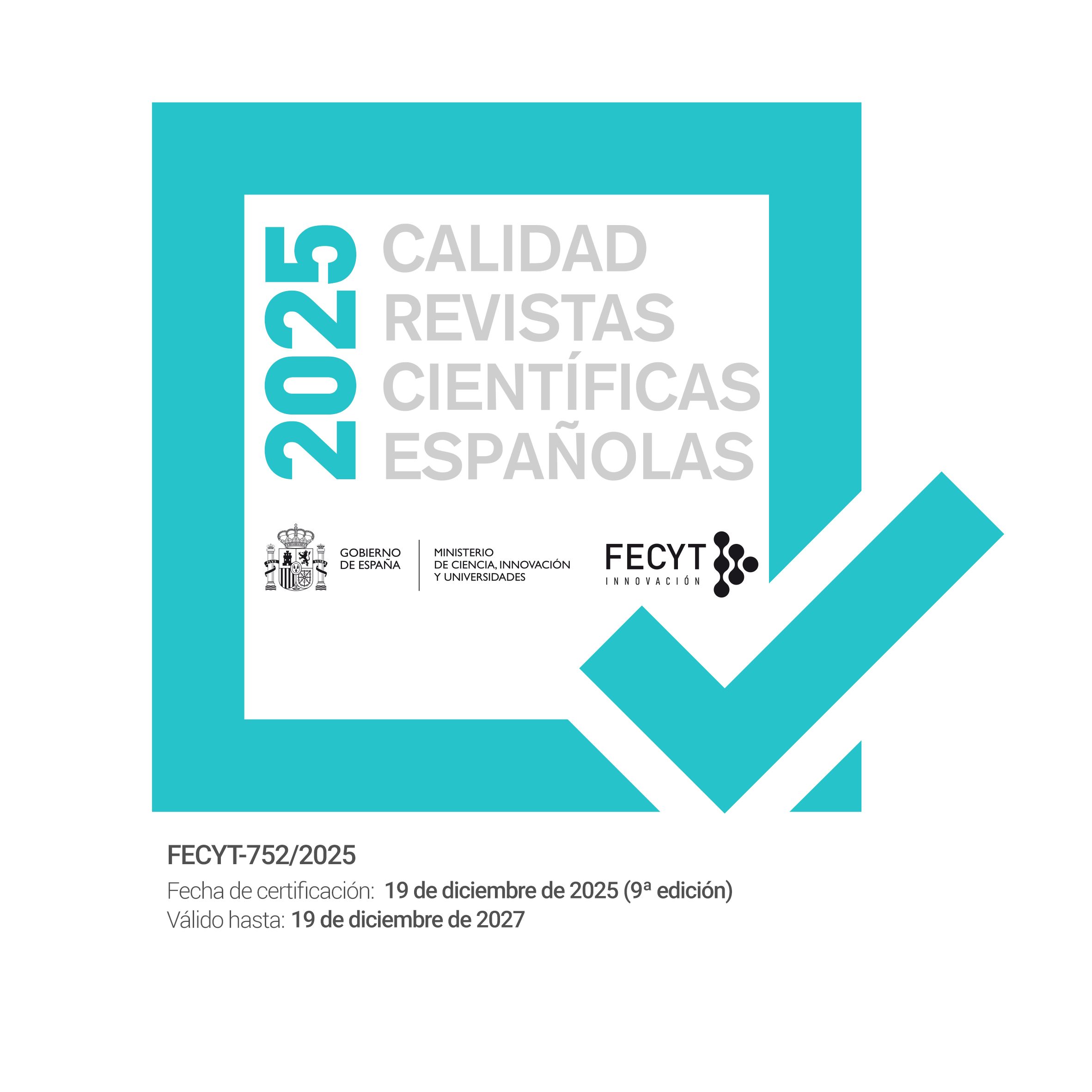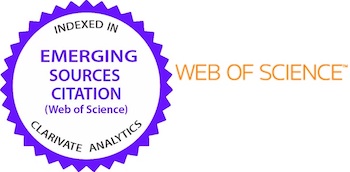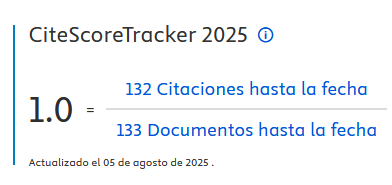La Meditación en la Esperanza en el Programa EBC: Descripción y Mecanismos de Acción Implicados
DOI:
https://doi.org/10.33898/rdp.v31i117.447Palabras clave:
meditación, bienestar psicológico, ciencias contemplativas, psicología positiva, esperanzaResumen
Se describe el modelo de bienestar del programa EBC (Entrenamiento en Bienestar basado en prácticas Contemplativas) fundamentado en la acción virtuosa y en la felicidad ego-desprendida, donde el bienestar subjetivo es un subproducto y un reforzador derivado de las propias acciones virtuosas. Posteriormente, se describe y se analizan los mecanismos de acción implícitos en la meditación en la esperanza, entendida como una meditación estratégica en el desarrollo del programa EBC. Para finalizar, se proponen varias conclusiones al respecto.
Descargas
Descargas
Publicado
Cómo citar
Número
Sección
Licencia
Los autores/as que publiquen en esta revista aceptan las siguientes condiciones:
- Los autores/as conservan los derechos de autor y ceden a la revista el derecho de la primera publicación, con el trabajo registrado con la Creative Commons CC-BY-NC 4.0 Internacional, que permite a terceros citar el texto y usarlo sin alterarlo y sin beneficio económico, siempre que mencionen la autoría del trabajo y la primera publicación en esta revista.
- Los autores/as pueden realizar otros acuerdos contractuales independientes y adicionales para la distribución no exclusiva de la versión del artículo publicado en esta revista (p. ej., incluirlo en un repositorio institucional o publicarlo en un libro), siempre que indiquen claramente que el trabajo se publicó por primera vez en esta revista.
- Las opiniones expresadas en los trabajos son responsabilidad única de los/as autores/as, no reflejando en ningún caso las opiniones o políticas científicas de la revista.














